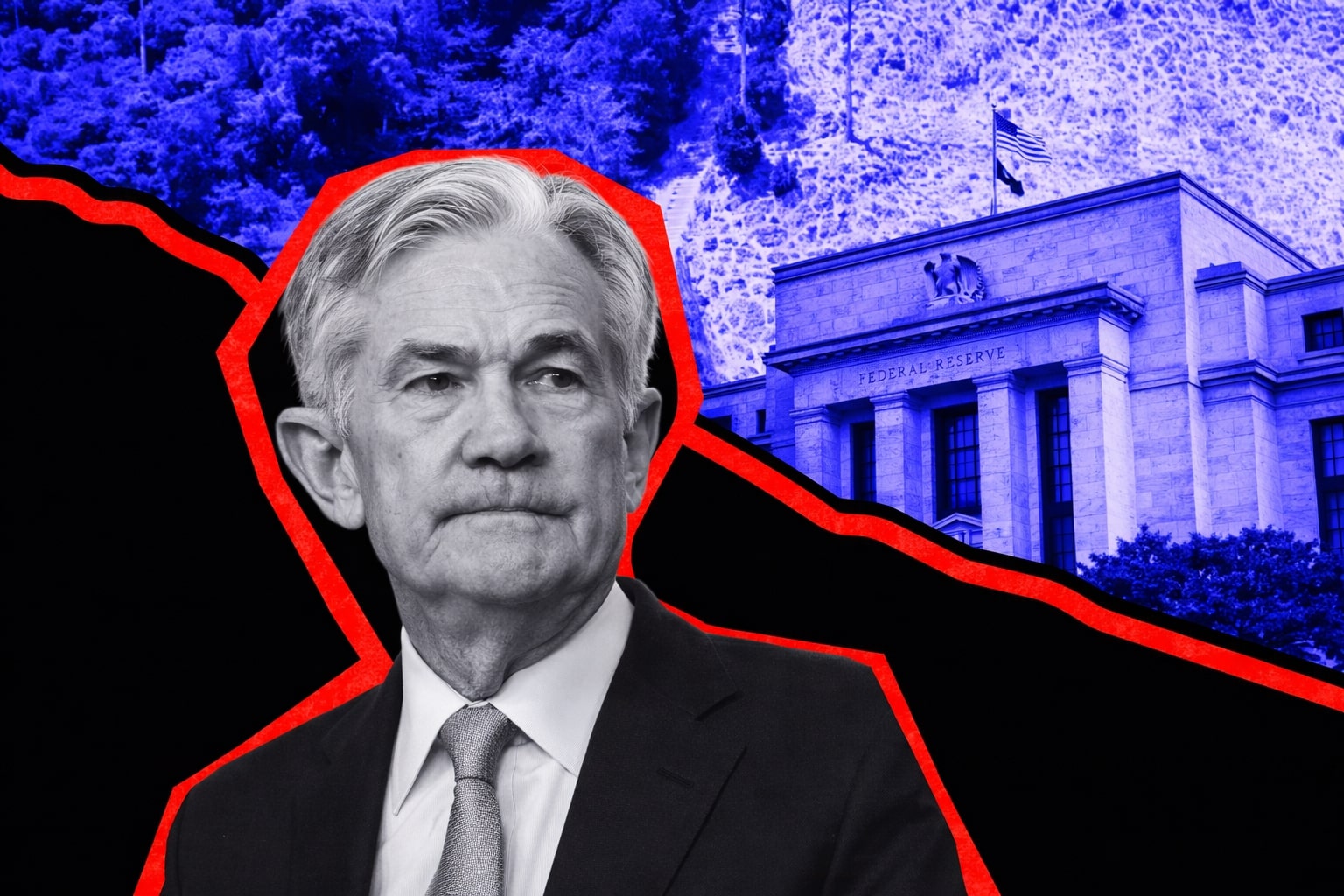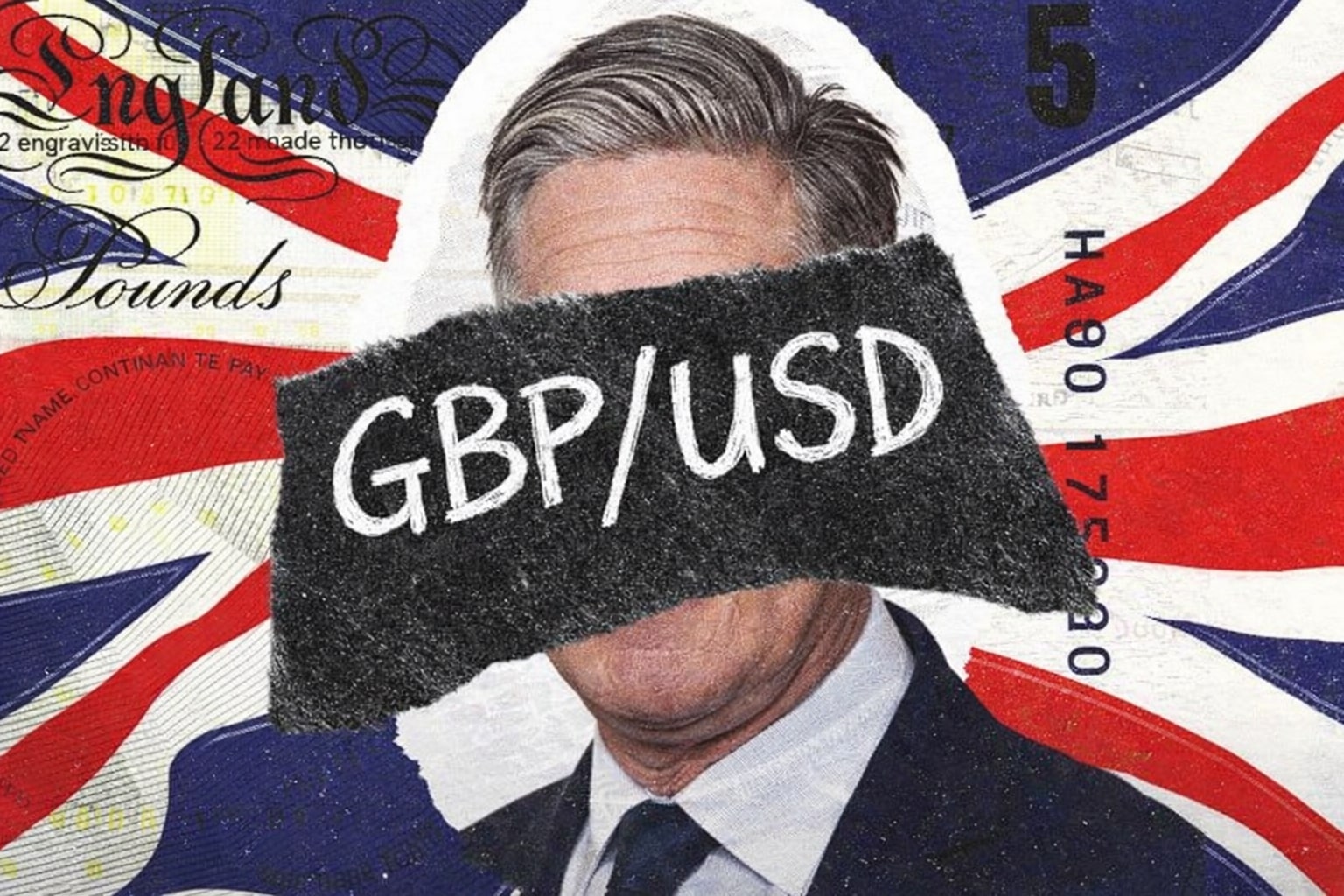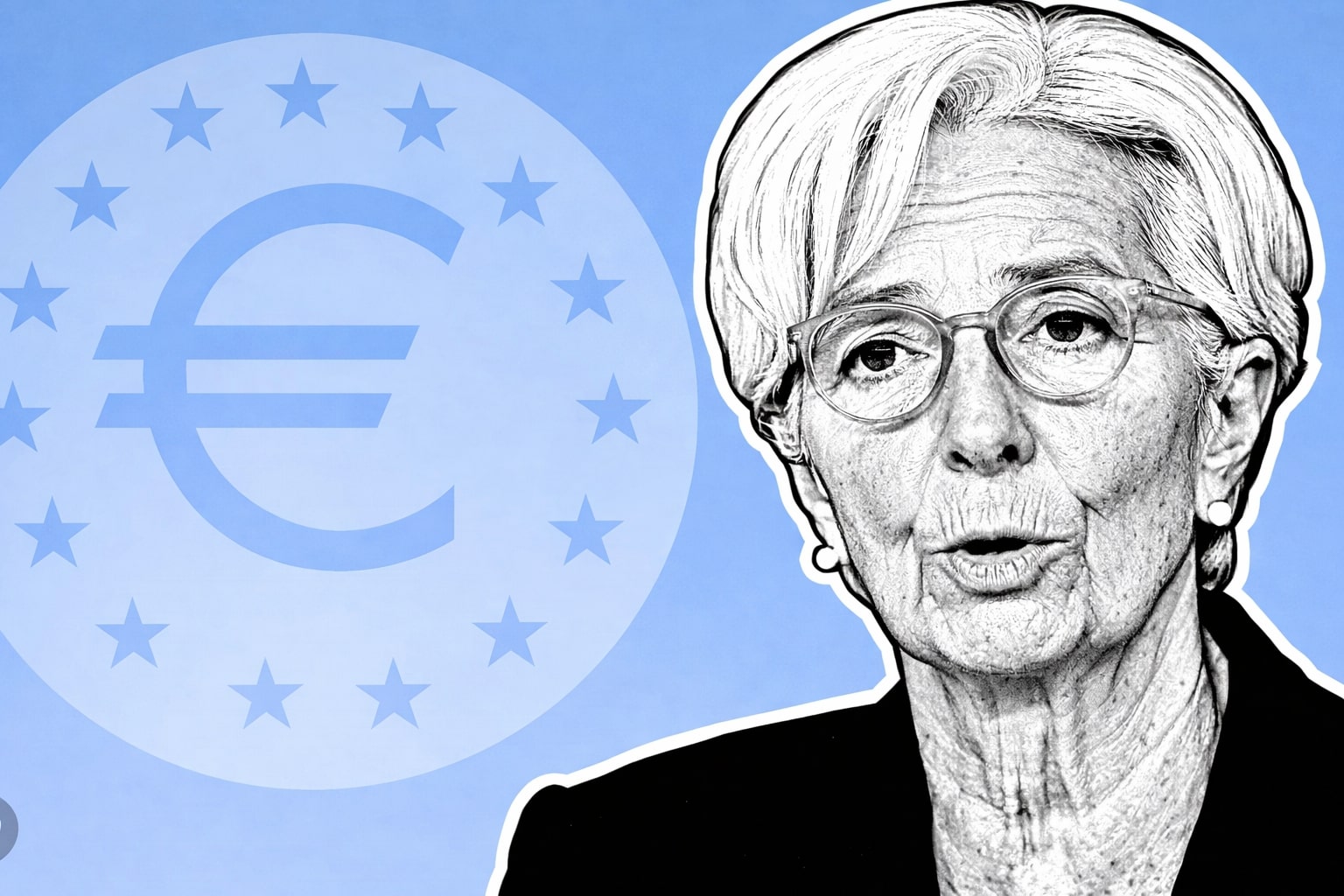Pound tests resistance as GBP/USD nears 1.3600 ceiling
The British pound is confronting heavy resistance near 1.3600, a level that has now capped multiple upside attempts in recent sessions. GBP/USD hovered at 1.3580 in midweek trading after a short-lived bounce from two-week lows at 1.3530, reflecting underlying tension between bullish sentiment on UK trade positioning and bearish pressure from global risk aversion. The rally has stalled just below the 50-EMA (1.3620) and 200-EMA (1.3611) on the 2-hour chart, turning this band into a powerful supply zone. Bulls now need a confirmed breakout above 1.3645 to retake momentum. Without that, the downside risk to 1.3501 and 1.3470 intensifies.
Tariff headlines fuel sterling flows as UK escapes crossfire
Market positioning has tilted toward sterling as traders react to renewed tariff threats from former President Donald Trump. His vow to impose 25% tariffs on Japan and South Korea and a possible 50% levy on copper imports unsettled risk assets but ironically boosted demand for the pound. The UK is one of the few major economies with a signed trade agreement with the U.S., and that status is giving it an edge amid broad repricing of tariff exposure. While Trump also floated a 200% duty on pharmaceuticals, the fact that the UK has already secured bilateral terms reduces its vulnerability relative to EU or Asian exporters. GBP/USD saw strong bid flows during the London-Tokyo crossover session as these headlines hit, with speculative positioning favoring sterling as a "tariff shelter."
Technical breakdown unfolds as momentum fades below 1.3640
From a chart perspective, GBP/USD has confirmed a bearish technical shift. After peaking near 1.3750, the pair failed to hold above ascending triangle support, breaking below 1.3597–1.3610 and entering a zone of failed retests. The Relative Strength Index (RSI) slipped below 50, and a bearish divergence appeared on the daily chart: while price made a higher high, RSI made a lower high. That momentum fade was followed by a rejection from the nine-day EMA of 1.3339, confirming a change in bias. Unless bulls reclaim 1.3645 and establish higher highs, the short-term trend has shifted bearish. The zone between 1.3541 and 1.3501 now serves as critical downside watch.
FOMC minutes and Fed repricing keep dollar support firm
The Federal Reserve’s latest meeting minutes have cast doubt over any near-term rate cuts. Markets had previously expected the Fed to begin easing by October 2025, but recent hawkish commentary and sticky inflation data have pushed that pricing out. The U.S. Dollar Index (DXY) hovered near 97.70, supported by a rising channel since early July. DXY currently trades above the 50-EMA (97.17) and faces resistance at the 200-EMA (97.65). This structure reinforces dollar strength in the short term and limits GBP/USD upside potential unless rate differentials shift. A breakout above 97.85 would likely cap sterling’s attempt to reclaim higher ground in the near term.
Pound sentiment stabilizes despite fiscal shock warning
The UK pound showed resilience midweek despite a severe long-term fiscal forecast from the Office for Budget Responsibility (OBR). The report projected that UK government debt could rise to 270% of GDP by the 2070s, driven by higher borrowing costs and aging demographics. While this warning triggered a dip on Tuesday, the market took the news in stride. UK 10-year gilt yields remain above 4.60%, reinforcing concerns about the government’s debt trajectory, but GBP stabilized near 1.3580 as traders shifted attention to external drivers, primarily Fed guidance and trade headlines. The broader risk environment and tariff positioning now outweigh long-term fiscal drag in short-term GBP pricing.
Range-bound action masks volatility risk as support narrows
Although GBP/USD trades in a narrow band near 1.3582, the pair is technically vulnerable. Market indecision is evident in the candlestick structure — small bodies, long wicks, and failed breakouts around 1.3600 signal a buildup ahead of directional release. A close below 1.3541 would expose 1.3501, and then 1.3470, where a triple-bottom pattern may emerge. If the pair breaks below that zone, the March 2024 low of 1.3380 comes into focus. Any sustained close above 1.3645, however, would invalidate this pattern and restore bullish flow toward 1.3680 and 1.3750. Traders should watch for volume shifts during the U.S. session post-FOMC, as that window has consistently driven trend confirmation.
Macro asymmetry builds as trade-safe flows diverge
Currency flows are now reflecting a divergence in global macro asymmetry. The U.S. economy, while slowing, is still outperforming its G7 peers in productivity-adjusted growth, while the UK remains weighed by fiscal caution and tepid consumption. Yet GBP is benefiting disproportionately from trade-safe flows — a byproduct of its bilateral U.S. trade deal and Japan/South Korea's exposure to Trump tariffs. This macro divergence is temporary and has led to distorted positioning: GBP is outperforming on event risk insulation, not economic strength. If tariffs escalate, GBP/USD may decouple briefly, but longer-term positioning still favors the dollar unless Fed tone softens.
Verdict: Sell GBP/USD on rallies below 1.3645, bearish bias into late July
Given the technical breakdown, the failure to reclaim the 1.3610–1.3645 zone, and macro conditions that still favor the dollar, GBP/USD remains a sell-on-rally candidate through late July. Unless bulls reclaim 1.3645 on volume, the downside path remains in control with a potential retest of 1.3500 and 1.3470. The fiscal overhang in the UK and hawkish Fed repricing reinforce dollar resilience, even as tariff themes temporarily distort GBP strength. Momentum is neutral to bearish, and the RSI profile, price structure, and macro bias all point toward deeper retracement risk. This is a Sell unless major shifts emerge in Fed communication or UK growth surprises on the upside.




















